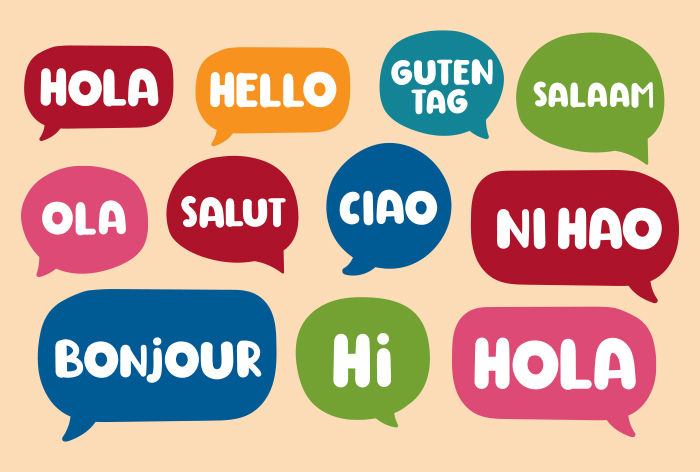Aladingsc Insights
Your go-to source for trending news and informative guides.
Lost in Translation? Not Anymore!
Unlock the secrets of effective communication! Discover tips to bridge language gaps and connect with ease in our latest blog post.
Mastering Multilingual Communication: Tips and Tools
Mastering multilingual communication is essential in today's globalized world, where interactions often occur across various languages and cultures. To enhance your proficiency, consider the following tips:
- Invest in Language Learning: Use platforms like Duolingo or Babbel to practice and learn new languages.
- Engage with Native Speakers: Join conversation groups or online forums where you can interact with native speakers, enhancing your understanding of colloquial expressions and cultural nuances. Websites like Tandem can connect you with language partners.
In addition to effective tools for multilingual communication, utilizing good translation software can significantly improve your ability to convey messages accurately. Programs such as DeepL and Google Translate offer advanced translations that can bridge language gaps. Moreover, employing cultural sensitivity during conversations is crucial; consider the context and customs of your audience. This approach not only fosters better relationships but also promotes a deeper understanding of diverse perspectives. Remember, effective multilingual communication is not just about translating words, but about connecting with people.

Bridging Cultural Gaps: Understanding Context in Translation
Bridging cultural gaps in translation is a crucial aspect to consider, as it ensures effective communication beyond mere word-for-word translation. Language is deeply intertwined with cultural context, and without understanding the nuances, idioms, and contextual meanings, translations can easily miss the mark. As highlighted in ResearchGate, translators must not only possess language skills but also a profound understanding of the cultures involved. This means recognizing cultural references and taboos, thus allowing for an accurate representation of ideas that resonate within the target culture.
Moreover, incorporating cultural context into translation can enhance the overall impact of the message. For instance, a phrase that is humorous in one culture may be perceived as offensive in another. Thus, a skilled translator often adopts a translation strategy that prioritizes the intention behind the original message rather than its literal words. According to ScienceDirect, effective cross-cultural communication fosters not only understanding but also empathy, bridging the gap between diverse populations. Ultimately, understanding context in translation is about building connections and fostering mutual appreciation across cultures.
Lost in Translation? Here’s How to Ensure Accuracy and Clarity
In today’s globalized world, effective communication often transcends language barriers, making accuracy and clarity essential in any translation effort. Whether you are translating documents, marketing materials, or websites, maintaining the essence of the original message is crucial. Here are a few steps to ensure that your translations are not lost in the process: engage a professional translator, utilize translation software judiciously, and consider cultural nuances. Explore resources like the American Translators Association for guidance on selecting the right professional to elevate your translation quality.
Furthermore, it is important to implement a review process where translated materials are cross-checked for both linguistic and contextual accuracy. Organizing feedback from native speakers can significantly enhance the clarity of your documents. Incorporate strategies like creating glossaries for commonly used terms and testing your translations in real-life scenarios. For additional strategies, check out ProZ's translation articles which provide insights on maintaining clarity in translations. Remember, taking these steps not only preserves meaning but also strengthens the overall effectiveness of communication.